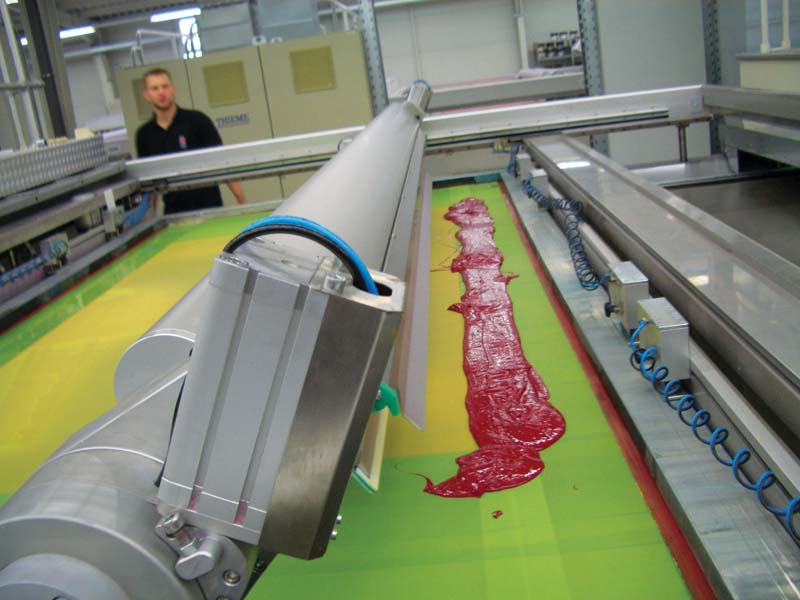Getting off to a good start
Many business owners want to achieve higher safety standards in their workplaces, but simply do not know where to start. With that issue in mind, Workplace Safety North (WSN) and the Specialty Graphic Imaging Association (SGIA) teamed up this spring to help Ontario’s printing community. The two organizations hosted a half-day conference to bring professionals from across the Greater Toronto Area (GTA) together to discuss important regulatory and safety issues.
WSN is a non-profit organization funded through the Ontario Ministry of Labour’s (MOL’s) Workplace Safety & Insurance Board (WSIB). It specializes in providing health and safety training and resources for businesses across a variety of resource-based business sectors, mainly in Northern Ontario, including printing. Its services include expert advice and information, classroom and online training programs, on-site consultations, health and safety audits, industrial hygiene testing and assistance with problem-solving. By way of example, it provides training for working at heights, as is applicable to sign and graphic installation workers.
SGIA, meanwhile, is a trade association representing both screenprinting and digital printing communities around the world. Among its services for members is access to informational resources that are geared specifically toward the needs of the printing industry, including those relating to health and safety in the workplace.
“Workers are an integral part of any business and keeping them safe should always be a top priority,” says Marci Kinter, SGIA’s vice-president (VP) of government and business information. “That’s why we offer resources to help our members navigate the complicated world of safety regulations and learn how to implement their own programs.”
The association has many members in the GTA, so it chose to work with WSN to provide more help to those businesses with regard to safety regulations.
On the safety agenda
SGIA and WSN’s workplace safety conference, sponsored by ND Graphics, was held on June 7 at the Centre for Health & Safety Innovation (CHSI)
in Mississauga, Ont. The agenda featured a breadth of speakers and topics.
Labelling chemicals
Douglas Groff, director of health, safety and environment for Data Communications Management, a PSP and direct marketing company headquartered in Brampton, Ont., discussed labelling requirements for hazardous chemicals, including printing inks.
The requirements for Canada’s national Workplace Hazardous Materials Information System (WHMIS) were updated in 2015 to bring them into synchronization with other regulations around the world, by integrating them with the Globally Harmonized System (GHS), which is supported by the World Health Organization (WHO). The implementation of the Canadian updates began in July 2016 and many provinces are still transitioning their own requirements accordingly.
Groff’s presentation included a review of the main differences between the original version of WHMIS from 1988 and the updates from 2015, including revised pictograms, different hazard classifications and new components of Safety Data Sheets (SDSs), which have replaced the earlier Material Safety Data Sheets (MSDSs). PSPs must comply with these labelling requirements for all inks stored and used in their facilities by the deadline of December 2018.
“People in the industry need to understand the pictograms for hazard classes like acute toxicity and signal words like ‘danger’ and ‘warning,’” he said. “The way chemical hazards are classified has changed.”







